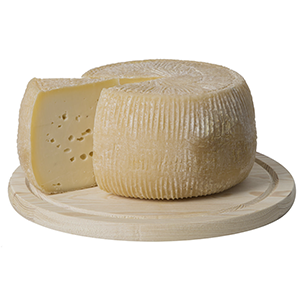 Smart Citations
Smart CitationsSee how this article has been cited at scite.ai
scite shows how a scientific paper has been cited by providing the context of the citation, a classification describing whether it supports, mentions, or contrasts the cited claim, and a label indicating in which section the citation was made.
Evolution and antimicrobial resistance of enterococci isolated from Pecorino and goat cheese manufactured on-farm in an area facing constraints as per EU Regulation 1305/2013 in Umbria, Italy
The latest EU regulation on geographical indications (EU Regulation No. 1151/2012) has introduced a set of new tools for the protection and enhancement of food products in rural areas, under the group name of optional quality term (OQT). The Commission Delegated EU Regulation, No. 665/2014, regulated the conditions for the use of the optional quality term mountain product (MP), to support the implementation of a mountain value chain. This new tool is aimed at promoting local development, maintaining the economic activities in mountain areas, and redistributing wealth, whilst, at the same time, promoting the territory. Pecorino and goat cheeses are typical Italian cheeses made usually with whole raw ewe’s or raw goat’s milk, without starter culture addition. In an attempt to characterize these productions, the aim of this study was to investigate the evolution of enterococci during the production and ripening of Pecorino cheese made in three different farms, located in Umbria, Italy in areas facing natural or other specific constraints as stipulated by Regulation 1305/2013 on support for rural development by the European Agricultural Fund for Rural Development (EAFRD). Enterococci are enteric organisms which are commonly isolated from ewe and goat’s milk production in Umbria, Italy. Counts of enterococci in raw milk ranged from 1.75 for ovine milk to 3.62 for ewe milk and a marked reduction was observed after thermization especially in ovine milk. Out of 100 isolates, 69 were E. faecium, 23 E. durans, 8 E. faecalis and 2 E. casseliflavus and the distribution of species between farms and between samples showed a prevalence of E. faecium in ovine farms and E. durans in ewes farms, with an equal dis-tribution between samples. High percentages of susceptible isolates were found for amoxicillin/clavulanic acid, ampicillin, chloramphenicol, sulphamethoxazole, sulphamethoxazole/ trimethoprim, ticarcillin, vancomycin. A high prevalence of resistant strains (>30%) was ob-served for amikacin, ciprofloxacin, ceftriaxone, kanamycin, tetracycline. A comparison of this results with those of previous works on similar dairy products revealed high levels of resistance to antimicrobials which needs to be addressed.
Downloads
How to Cite
PAGEPress has chosen to apply the Creative Commons Attribution NonCommercial 4.0 International License (CC BY-NC 4.0) to all manuscripts to be published.

 https://doi.org/10.4081/ijfs.2022.10070
https://doi.org/10.4081/ijfs.2022.10070





